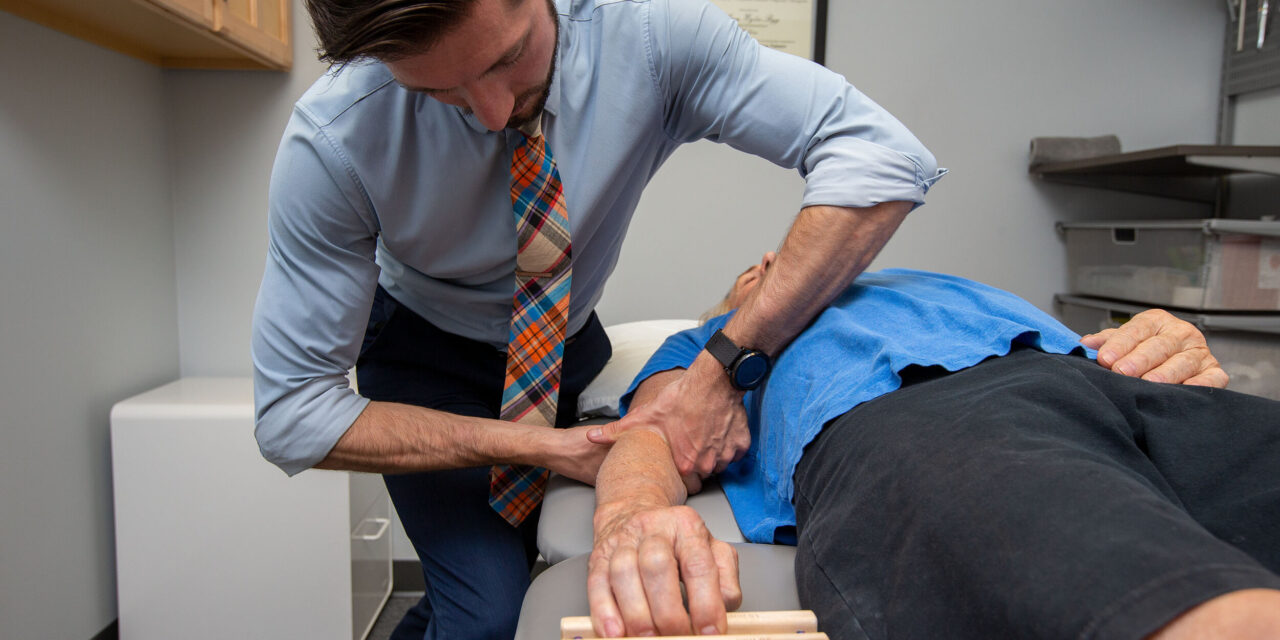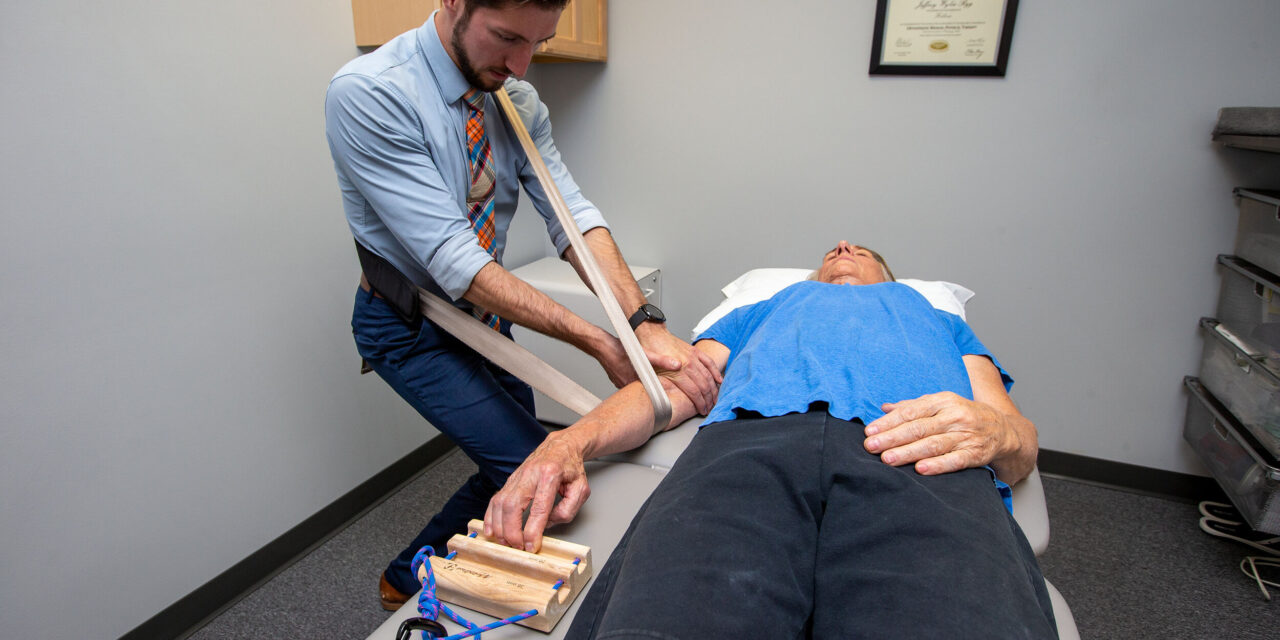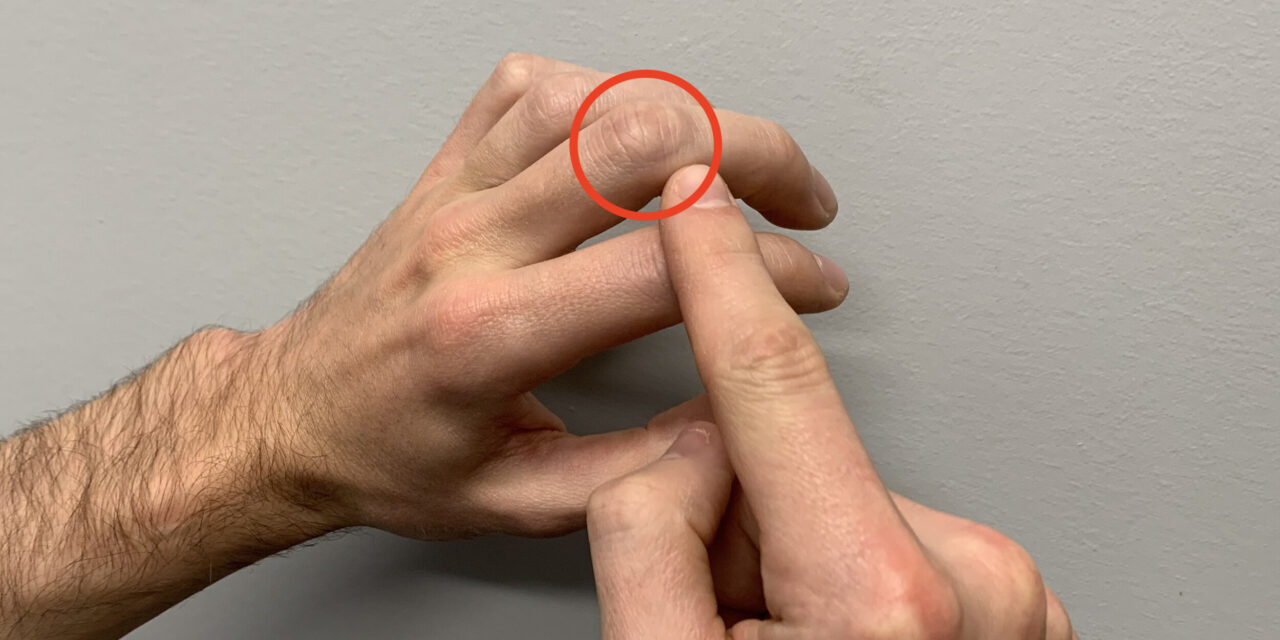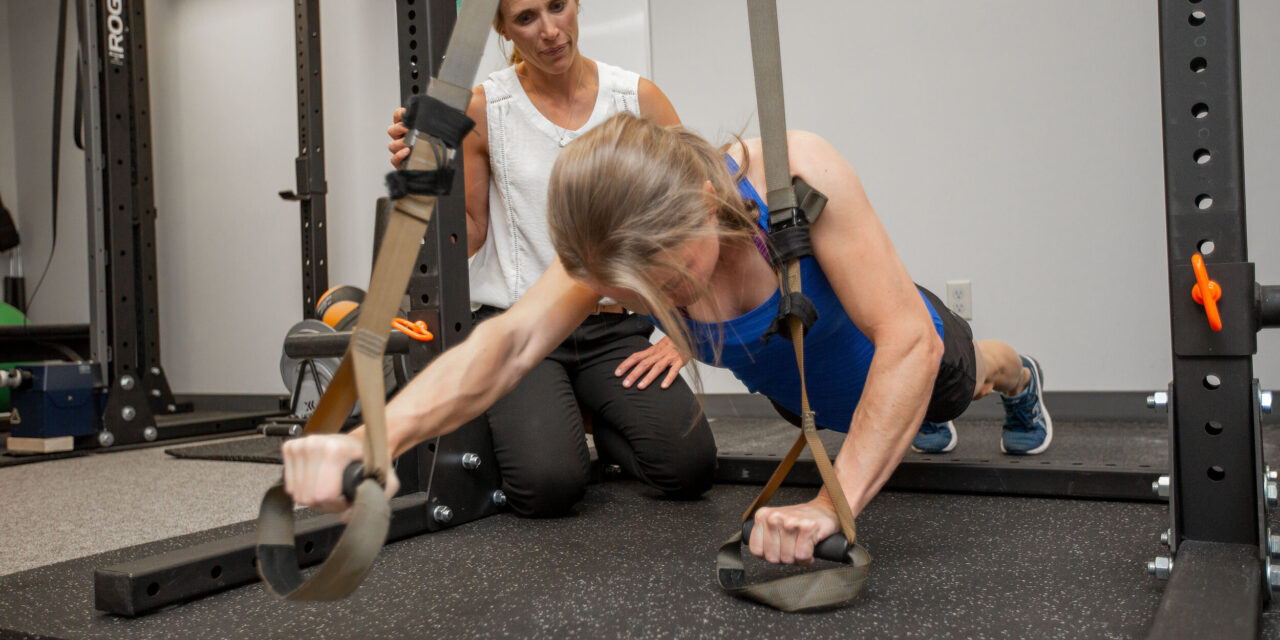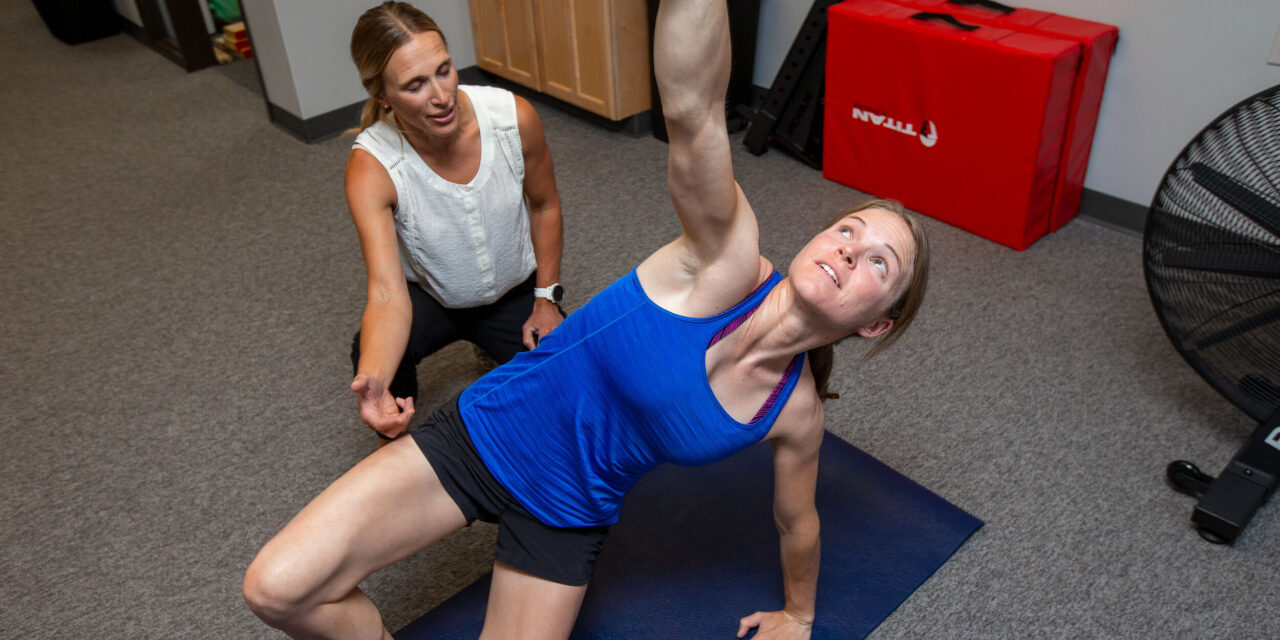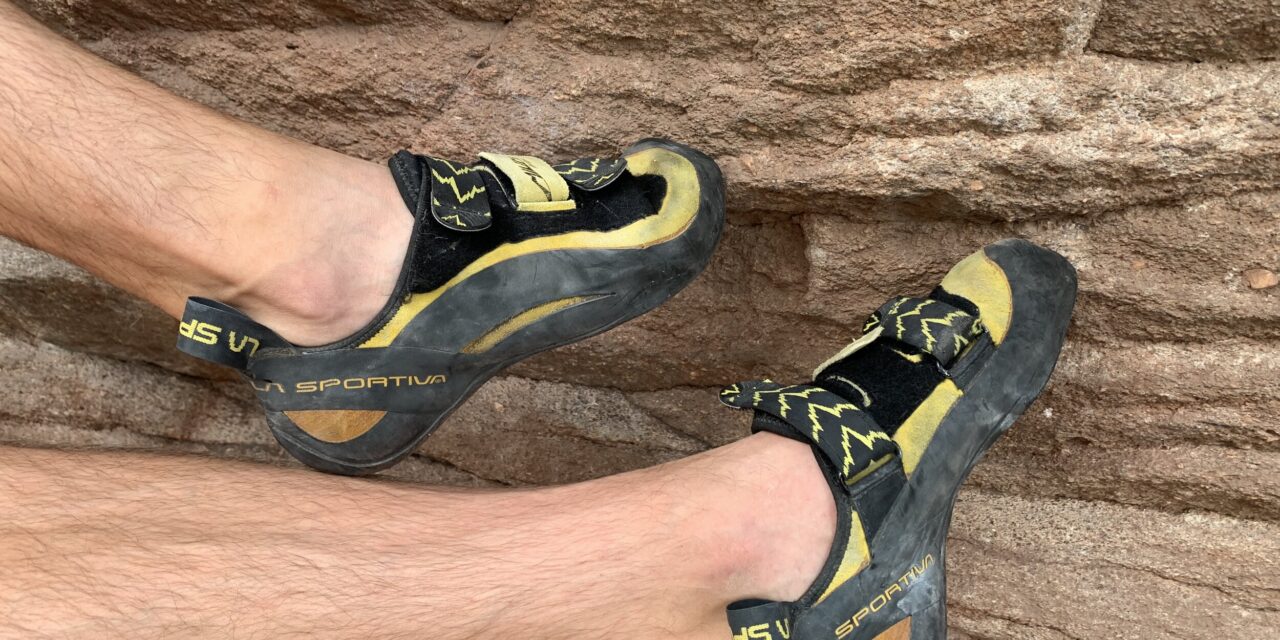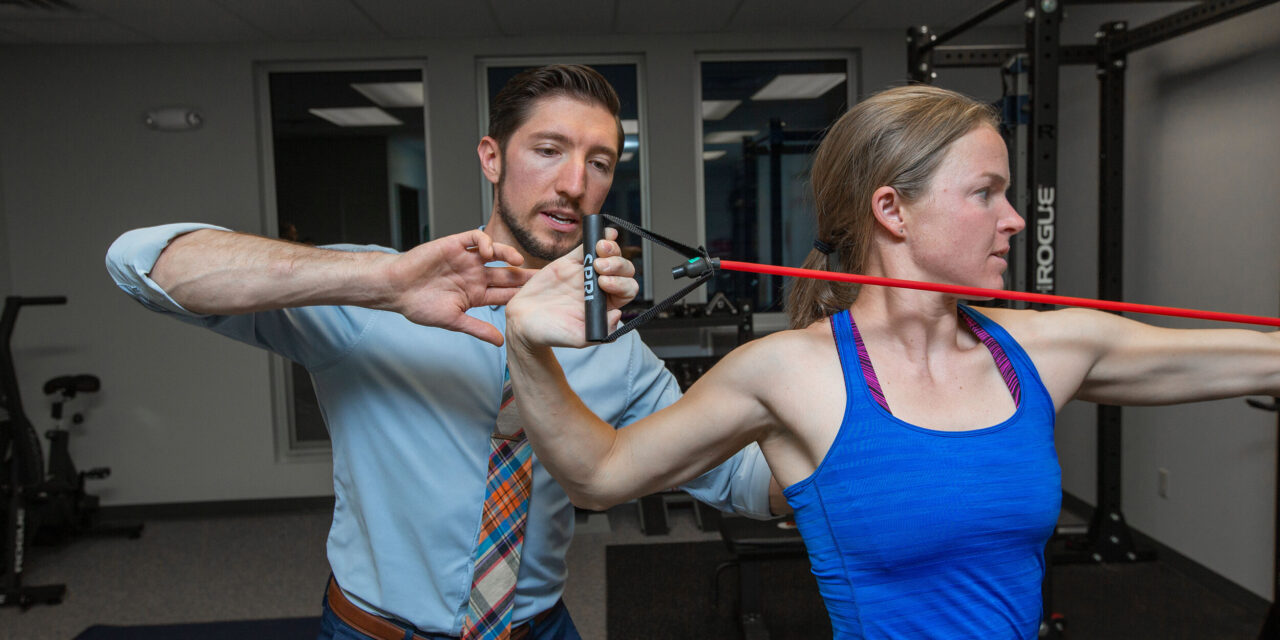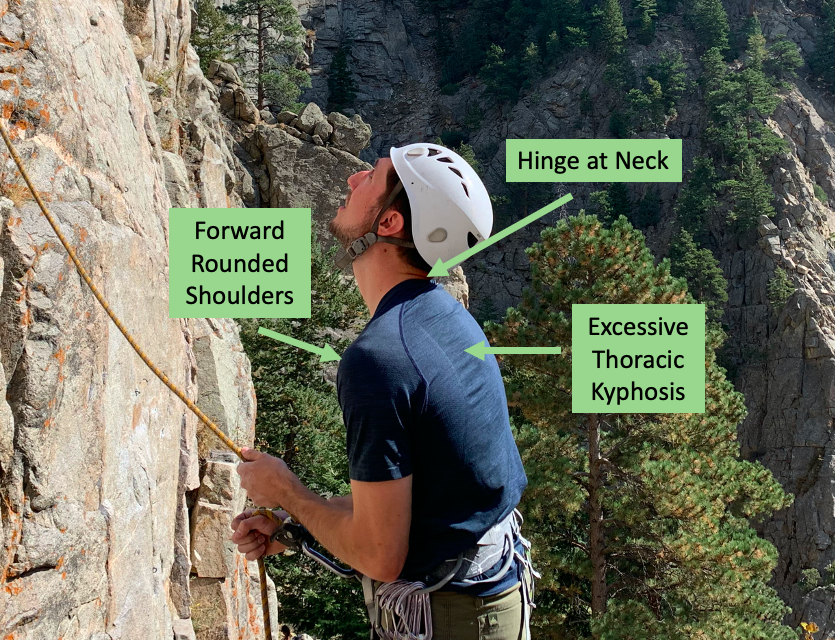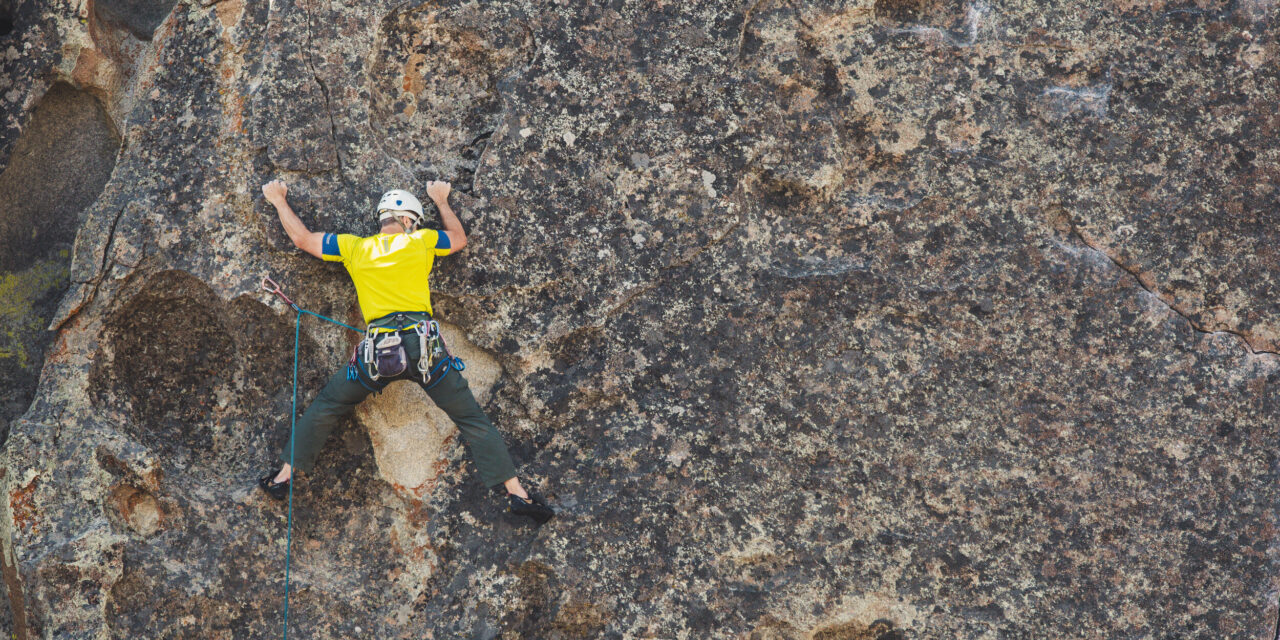Medial Elbow Pain in Rock Climbers
Pain to the elbow is very common among climbers and is one of the leading causes of time away from the sport. The most likely areas of pain are to the lateral elbow or medial elbow. Keep reading to learn more about the symptoms, causes, and treatment options for elbow pain. Medial epicondylalgia (also...

